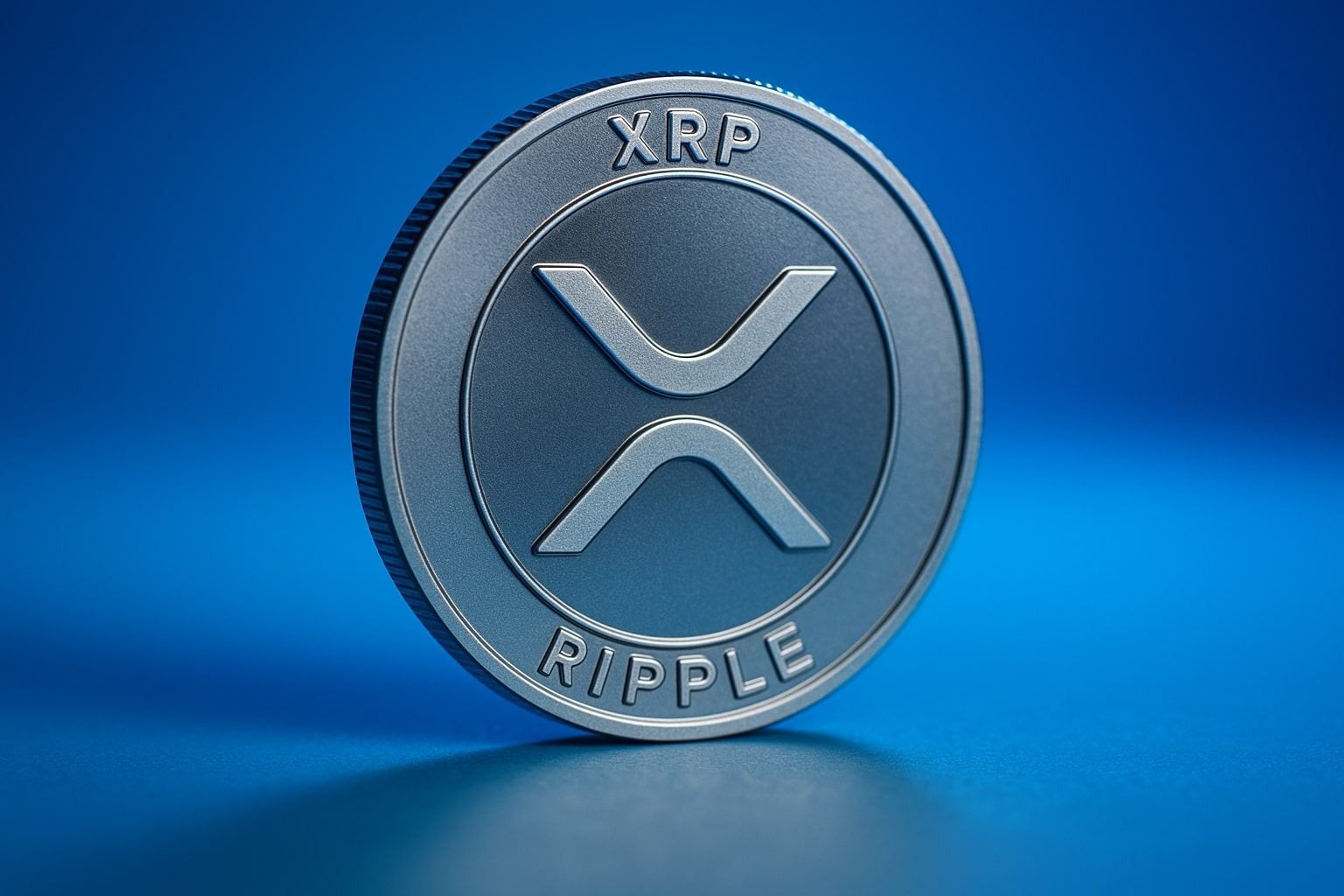Tidal Trust II has submitted an application to the U.S. Securities and Exchange Commission (SEC) today, seeking approval for an XRP ETF unlike any before it. The proposed product, designed with a sophisticated leverage strategy, would empower investors to magnify returns on the popular Ripple-linked digital asset.
Traditionally, crypto ETFs have remained fairly straightforward: they offer spot or futures-backed exposure to single assets, striving for safety and simplicity. Tidal Trust II, however, is rewriting the script. The company’s vision leverages cutting-edge finance tools to deliver daily returns that are multiples of XRP price movement, appealing especially to traders who thrive on volatility and rapid market shifts.
What Sets The Filing Apart
What truly sets this proposal apart is its cross-ETP investment strategy. Tidal Trust II’s ETF will not limit itself to purchasing XRP alone, but will directly invest in existing XRP ETPs listed on international exchanges. Such a model enables deeper liquidity, diversified holdings, and bridges between U.S. and global markets, potentially transforming how institutional and retail investors can access XRP.
Leverage in ETFs means giving investors the ability to multiply returns using borrowed funds or derivatives. Tidal Trust II’s application details daily rebalancing algorithms designed to maintain target leverage while minimizing downside spikes, a critical step given the volatile nature of crypto assets. Risk management protocols, including circuit breakers and daily reset functionality, are central to the fund’s operational design.
However, experts warn that leveraged products, while attractive for sophisticated traders, may result in rapid losses during market downturns. The SEC, which has taken an increasingly active stance on crypto ETF oversight, is expected to scrutinize Tidal Trust II’s risk disclosures closely.
XRP ETP Cross-Investments
Perhaps the boldest feature of the filing is the direct investment in other XRP ETPs. According to Tidal Trust II, this strategy will allow the fund to chase global liquidity, tap into established products on European and Asian exchanges, and quickly adapt to unique market conditions.
While circular ownership and tracking error concerns exist, advocates argue that this approach can create a more robust, flexible, and globally synchronized product.
READ MORE: Cardano Price (ADA) to $8? Analysts See “Most Bullish Setup” Yet









